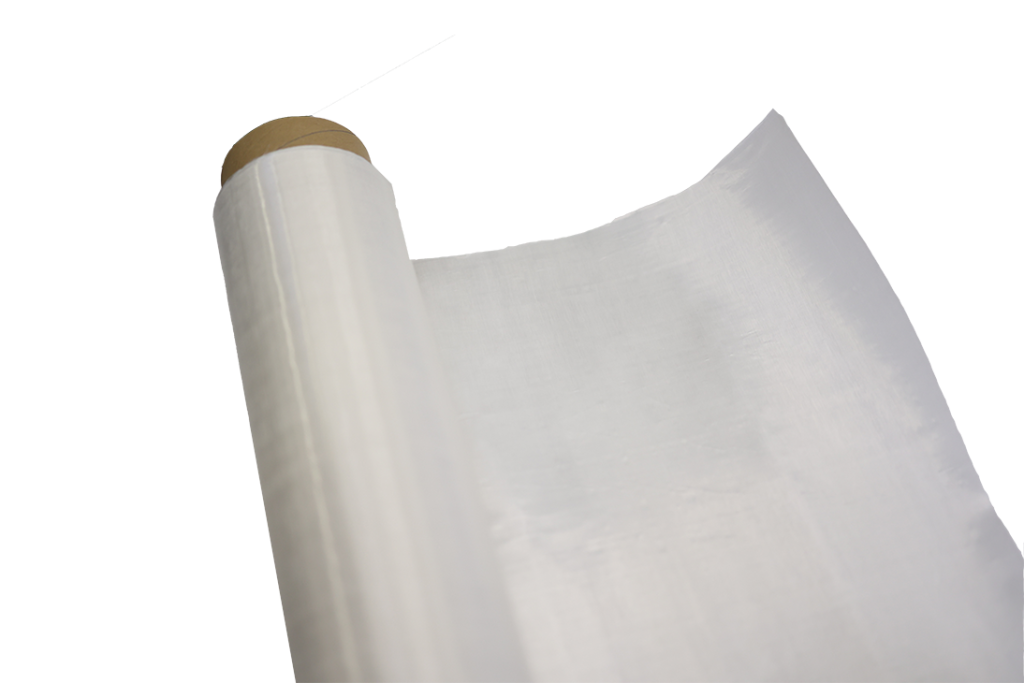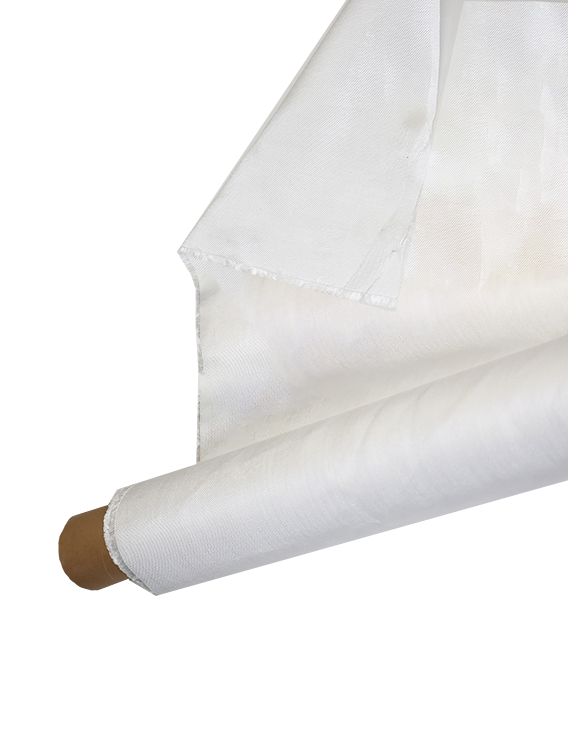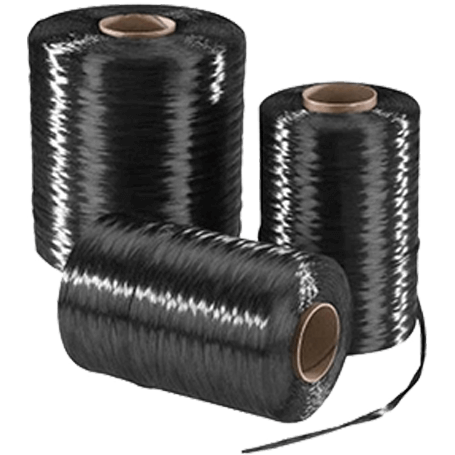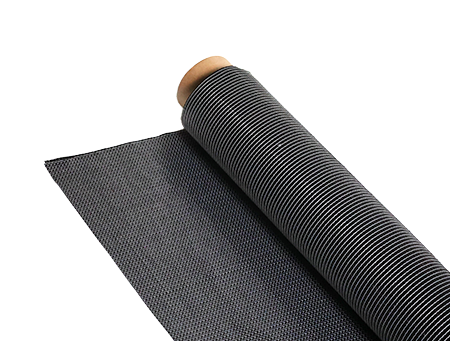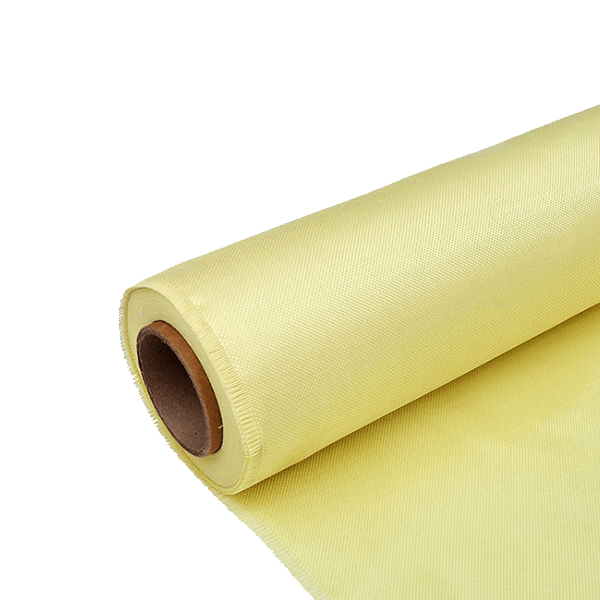إعادة تخزين صفائح كيفلر بعد النقص العالمي
-
جدول المحتويات
“Kevlar Sheets: Back in Stock and Stronger Than Ever!”
In response to a significant global shortage, Kevlar sheets have been restocked, marking a crucial development for industries reliant on this high-performance material. Known for its exceptional strength-to-weight ratio and resistance to abrasion, Kevlar is widely used in applications ranging from personal protective equipment to aerospace and automotive components. The recent replenishment of inventory comes as manufacturers and consumers alike have faced challenges due to supply chain disruptions. This restock not only alleviates the immediate demand but also signals a return to stability in the market, enabling continued innovation and production across various sectors.
Kevlar Sheets: Availability Restored After Global Shortage
The recent global shortage of Kevlar sheets has significantly impacted various industries, from automotive to aerospace, where this high-performance material is essential for enhancing safety and durability. However, the good news is that availability has been restored, allowing manufacturers and consumers to once again access this vital resource. The resurgence in supply can be attributed to several factors, including increased production capacity, improved supply chain logistics, and a renewed focus on meeting the growing demand for advanced materials.
To understand the significance of this restoration, it is important to recognize the unique properties of Kevlar. Known for its exceptional strength-to-weight ratio, Kevlar is a synthetic fiber that is five times stronger than steel, making it an ideal choice for applications requiring high tensile strength and resistance to impact. Its applications range from bulletproof vests to industrial equipment, and even in the construction of high-performance vehicles. Consequently, the shortage of Kevlar sheets had far-reaching implications, causing delays in production schedules and increased costs for manufacturers reliant on this material.
The global shortage was primarily driven by a combination of factors, including disruptions in manufacturing due to the COVID-19 pandemic, increased demand from various sectors, and challenges in sourcing raw materials. As industries began to recover and ramp up production, the demand for Kevlar sheets surged, exacerbating the existing supply constraints. This situation prompted manufacturers to seek innovative solutions to restore availability and meet the needs of their clients.
In response to the crisis, several key players in the market undertook significant investments to expand their production capabilities. By upgrading existing facilities and investing in new technologies, these companies have been able to increase output and improve efficiency. Furthermore, collaborations between manufacturers and suppliers have facilitated better coordination and streamlined logistics, ensuring that raw materials are sourced and delivered more effectively. As a result, the supply chain has become more resilient, allowing for a quicker response to fluctuations in demand.
Moreover, the restoration of Kevlar sheet availability has been bolstered by a growing awareness of the material’s benefits across various industries. As safety regulations become more stringent and the need for lightweight, durable materials increases, the demand for Kevlar is expected to remain strong. This trend is particularly evident in the automotive sector, where manufacturers are increasingly incorporating Kevlar into vehicle designs to enhance safety features and improve fuel efficiency. Similarly, the aerospace industry continues to explore innovative applications for Kevlar, recognizing its potential to reduce weight while maintaining structural integrity.
As the market stabilizes, it is essential for businesses to stay informed about the latest developments in Kevlar sheet availability. By understanding the dynamics of supply and demand, manufacturers can better plan their production schedules and mitigate potential disruptions. Additionally, as new applications for Kevlar are discovered, the material’s versatility will likely lead to further innovations and advancements in various fields.
In conclusion, the restoration of Kevlar sheet availability marks a significant turning point for industries that rely on this exceptional material. With increased production capacity and improved supply chain logistics, manufacturers can once again access Kevlar sheets to meet their needs. As the demand for high-performance materials continues to grow, the future looks promising for Kevlar, ensuring its place as a critical component in the development of safer and more efficient products across multiple sectors.
The Impact of Global Shortages on Kevlar Sheet Production
The recent restocking of Kevlar sheets marks a significant turning point in the production landscape, particularly in light of the global shortages that have plagued the industry. Kevlar, a high-performance synthetic fiber known for its exceptional strength and heat resistance, is widely utilized in various applications, including personal protective equipment, automotive components, and aerospace technologies. The global shortage of Kevlar sheets has had far-reaching implications, affecting not only manufacturers but also end-users who rely on this material for safety and performance.
To understand the impact of these shortages, it is essential to consider the factors that contributed to the disruption in supply chains. The COVID-19 pandemic played a pivotal role, as it caused widespread factory shutdowns and logistical challenges that hindered production capabilities. Additionally, increased demand for personal protective equipment during the pandemic further strained the already limited supply of Kevlar. As a result, manufacturers faced delays and increased costs, which ultimately trickled down to consumers and businesses that depend on Kevlar sheets for their operations.
Moreover, the global nature of the supply chain for Kevlar sheets exacerbated the situation. With production facilities located in various countries, any disruption in one region could have a cascading effect on the availability of the material worldwide. This interconnectedness meant that even as some manufacturers attempted to ramp up production, they encountered challenges related to sourcing raw materials and managing transportation logistics. Consequently, the shortage not only affected the immediate availability of Kevlar sheets but also led to a reevaluation of supply chain strategies across the industry.
As the situation evolved, many companies began to explore alternative materials and production methods in response to the scarcity of Kevlar. While some sought substitutes that could mimic the properties of Kevlar, others invested in research and development to innovate new solutions. However, these alternatives often fell short of the performance standards set by Kevlar, highlighting the unique qualities that make this material indispensable in critical applications. The search for substitutes underscored the importance of Kevlar in ensuring safety and reliability, particularly in high-stakes environments.
With the recent restocking of Kevlar sheets, manufacturers are now better positioned to meet the demands of their customers. This replenishment not only alleviates some of the immediate pressures caused by the shortage but also allows companies to resume production at a more stable pace. As businesses regain access to this vital material, they can focus on fulfilling orders and advancing projects that had been stalled due to the lack of availability. Furthermore, the restocking serves as a reminder of the resilience of the industry and its ability to adapt to challenges.
In conclusion, the impact of global shortages on Kevlar sheet production has been profound, affecting various sectors and prompting a reevaluation of supply chain dynamics. The recent restocking of Kevlar sheets signifies a crucial step toward recovery, enabling manufacturers to resume operations and meet the needs of their clients. As the industry moves forward, it will be essential to learn from the challenges posed by the shortage, ensuring that future supply chains are more robust and capable of withstanding unforeseen disruptions. Ultimately, the lessons learned during this period will shape the future of Kevlar production and its applications, reinforcing the material’s critical role in safety and performance across multiple industries.
Innovations in Kevlar Sheet Manufacturing Post-Shortage
The recent global shortage of Kevlar sheets has prompted significant innovations in their manufacturing processes, reflecting the industry’s resilience and adaptability. As demand surged due to various applications, including automotive, aerospace, and personal protective equipment, manufacturers faced unprecedented challenges. However, this crisis has catalyzed advancements that not only address the immediate supply issues but also enhance the overall quality and efficiency of Kevlar sheet production.
One of the most notable innovations has been the integration of advanced manufacturing technologies. For instance, the adoption of automated production lines has streamlined the fabrication process, reducing lead times and minimizing human error. By employing robotics and artificial intelligence, manufacturers can now achieve higher precision in cutting and layering Kevlar fibers, which ultimately results in superior product consistency. This technological shift not only alleviates the bottlenecks experienced during the shortage but also positions companies to meet future demands more effectively.
Moreover, the development of new composite materials has emerged as a significant trend in the post-shortage landscape. Manufacturers are exploring hybrid materials that combine Kevlar with other fibers, such as carbon or aramid, to enhance performance characteristics. These composites can offer improved strength-to-weight ratios, increased flexibility, and better resistance to environmental factors. As a result, industries that rely on Kevlar sheets are now able to access products that not only meet but exceed previous performance standards, thereby expanding the potential applications of Kevlar in various sectors.
In addition to material innovations, the emphasis on sustainability has gained traction in the Kevlar manufacturing process. As environmental concerns continue to rise, manufacturers are increasingly focusing on reducing waste and energy consumption. This shift has led to the exploration of eco-friendly production methods, such as recycling Kevlar scraps and utilizing renewable energy sources in manufacturing facilities. By adopting these practices, companies are not only addressing the immediate supply challenges but also contributing to a more sustainable future for the industry.
Furthermore, collaboration among industry stakeholders has become a vital component of the innovation landscape. Manufacturers, researchers, and end-users are now working together more closely to identify specific needs and challenges within the market. This collaborative approach has led to the development of tailored solutions that cater to niche applications, ensuring that Kevlar sheets can be optimized for various uses. For instance, specialized Kevlar sheets designed for ballistic protection are being developed with enhanced impact resistance, while those intended for industrial applications are being engineered for superior durability.
As the market stabilizes following the shortage, the focus on research and development has intensified. Companies are investing in new technologies and methodologies to further enhance the properties of Kevlar sheets. This commitment to innovation is not only essential for maintaining competitive advantage but also for ensuring that the industry can respond swiftly to any future disruptions in supply.
In conclusion, the global shortage of Kevlar sheets has spurred a wave of innovations in manufacturing processes, material development, and sustainability practices. By embracing advanced technologies, fostering collaboration, and prioritizing eco-friendly methods, the industry is not only recovering from the challenges posed by the shortage but is also setting the stage for a more resilient and efficient future. As these innovations continue to unfold, the potential applications of Kevlar sheets are likely to expand, paving the way for new opportunities across various sectors.
الأسئلة والأجوبة
1. **Question:** What caused the global shortage of Kevlar sheets?
**Answer:** The global shortage of Kevlar sheets was primarily due to supply chain disruptions, increased demand for protective materials, and manufacturing challenges during the COVID-19 pandemic.
2. **Question:** When are Kevlar sheets expected to be restocked?
**Answer:** Kevlar sheets are expected to be restocked by early 2024, as manufacturers ramp up production to meet the renewed demand.
3. **Question:** What industries are most affected by the shortage of Kevlar sheets?
**Answer:** The industries most affected by the shortage include aerospace, automotive, military, and personal protective equipment manufacturing.The restocking of Kevlar sheets following a global shortage marks a significant development for industries reliant on this high-performance material. With renewed availability, manufacturers can resume production and meet demand in sectors such as automotive, aerospace, and personal protective equipment. This replenishment not only stabilizes supply chains but also enhances innovation opportunities, allowing for advancements in safety and durability applications. Overall, the return of Kevlar sheets is a positive step towards restoring balance in the market and supporting continued growth in various industries.

